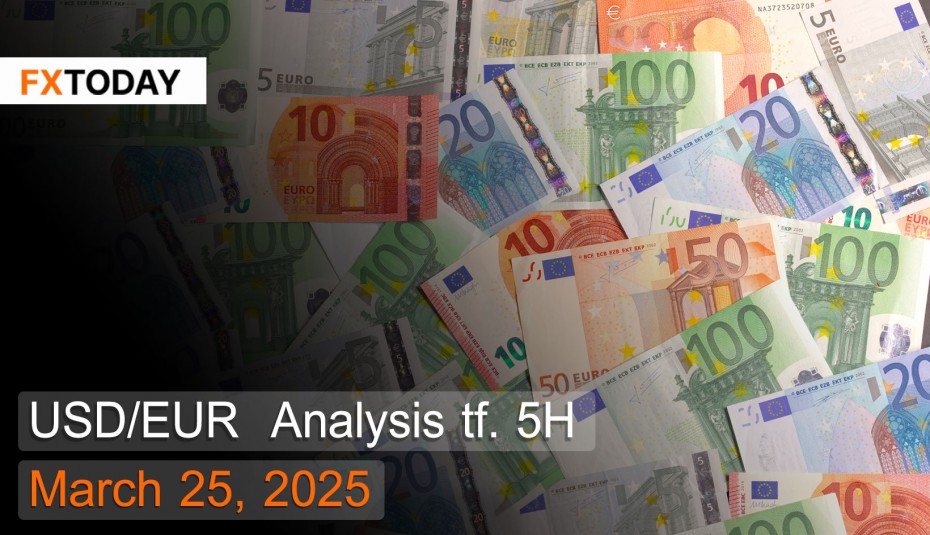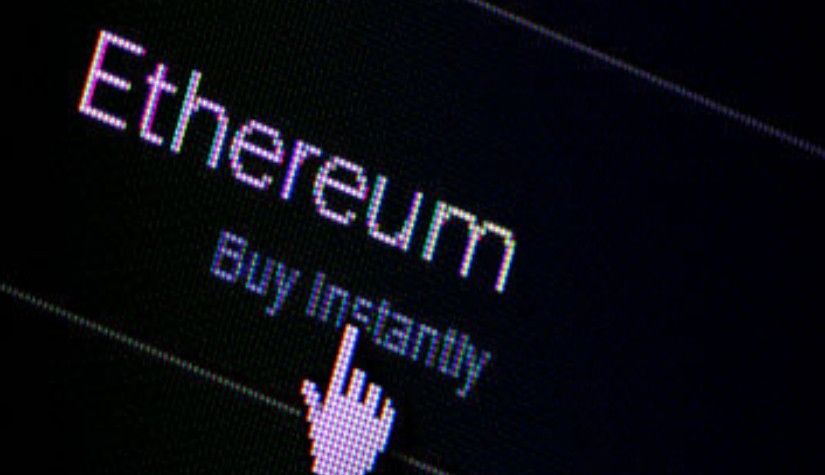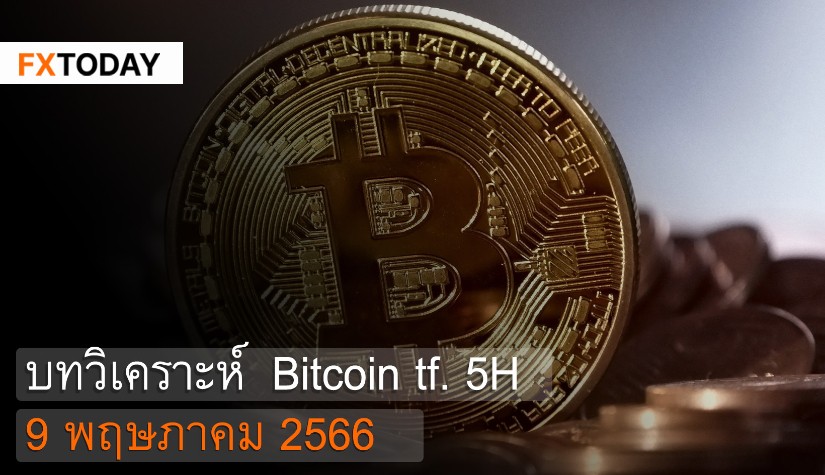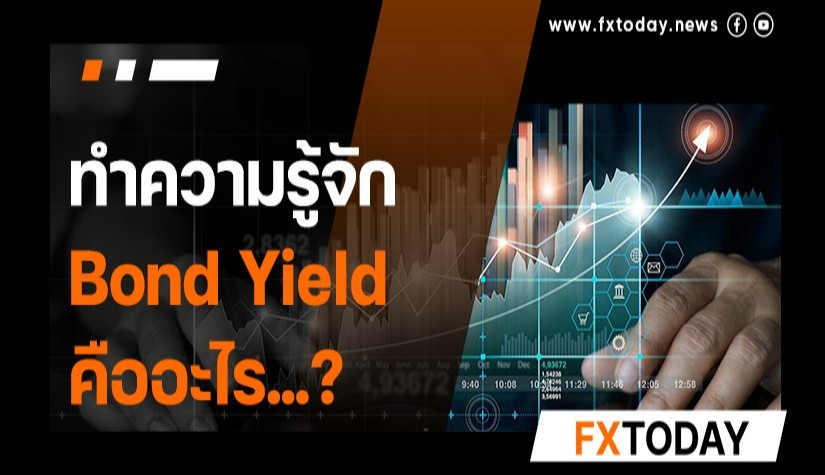The growth potential of the Eurozone may be pressured by rising tariffs.
The euro remains stable as investors assess the latest PMI data, which indicates rapid expansion in private sector activity, albeit at a lower-than-expected rate. Meanwhile, European Central Bank (ECB) official Cipollone has cited reasons for a swift rate cut, as inflation may slow down faster than anticipated. This has led investors to strongly anticipate another rate cut by the ECB in April.
ECB President Lagarde has warned of weakening economic growth in the Eurozone. However, inflation risks may decline accordingly. Despite the increase in U.S. tariffs, the central bank has signaled that it will not respond with rate hikes but instead sees further opportunities for multiple rate cuts this year.
Escalating global trade tensions have directly impacted the euro. Recently, U.S. President Donald Trump threatened to impose a 200% tariff on all alcoholic products from the European Union in retaliation for the EU’s 50% tariffs on U.S. whiskey and other American goods. Additionally, Trump reaffirmed his commitment to imposing tariffs on global trade partners, set to take effect on April 2. Investors are closely monitoring inflation data from France and Spain for further economic insights.
The Eurozone Composite PMI slightly increased to 50.4 in March from 50.2 in February, marking the third consecutive month of economic expansion and the highest growth level since August of the previous year. Manufacturing output expanded for the first time in two years, while service sector growth slowed to a four-month low. Meanwhile, new orders continued to decline. Employment remained stable in both manufacturing and services after seven months of decline. Input costs also showed a continued downward trend.
Hourly labor costs in the Eurozone rose by 3.7% year-over-year in Q4 2024, reflecting the impact of the ECB’s tight monetary policies on the labor market. As a result, labor costs for businesses in the Eurozone increased by over 4.1%, with the service sector experiencing the lowest labor cost growth at just 3.7%.
The Eurozone recorded a trade surplus of over €1 billion in January, down from €10.6 billion in the same period the previous year, marking the lowest trade surplus since 2023. Imports surged by 7.6% to €231.5 billion, primarily driven by production-related goods, reflecting concerns over potential tariff hikes. Meanwhile, exports grew by only 3% to €232.6 billion. Machinery and chemicals recorded a severe trade deficit of €7.8 billion after posting a €0.2 billion surplus the previous year, as companies rushed to sell goods amid the risks of Trump’s tariff policies.
Techical analysis data (5H)
Resistance: 0.927, 0.9294, 0.9311
Source: Investing.com
Buy/Long 1: If the price touches support in the price range of 0.9212 - 0.9228 but cannot break the support at 0.9228, you may set a TP at approximately 0.9294 and SL at around 0.9187 or according to your acceptable risk.
Buy/Long 2: If the price breaks the resistance in the price range of 0.927 - 0.9294, you may set a TP at approximately 0.9311 and SL at around 0.9212 or according to your acceptable risk.
Sell/Short 1: If the price touches resistance in the price range of 0.927 - 0.9294 but cannot break the resistance at 0.927, you may set a TP at approximately 0.9212 and SL at around 0.9311 or according to your acceptable risk.
Sell/Short 2: If the price breaks the support in the price range of 0.9212 - 0.9228, you may set a TP at approximately 0.9187 and SL at around 0.9294 or according to your acceptable risk.
Pivot point March 25, 2025 08:55 PM. GMT+7
|
Name
|
S3
|
S2
|
S1
|
Pivot Points
|
R1
|
R2
|
R3
|
|---|---|---|---|---|---|---|---|
| Classic | 0.9187 | 0.9212 | 0.9228 | 0.9253 | 0.927 | 0.9294 | 0.9311 |
| Fibonacci | 0.9212 | 0.9227 | 0.9237 | 0.9253 | 0.9269 | 0.9279 | 0.9294 |
| Camarilla | 0.9233 | 0.9237 | 0.9241 | 0.9253 | 0.9248 | 0.9252 | 0.9256 |
| Woodie's | 0.9183 | 0.921 | 0.9224 | 0.9251 | 0.9266 | 0.9292 | 0.9307 |
| DeMark's | - | - | 0.922 | 0.9249 | 0.9261 | - | - |
















